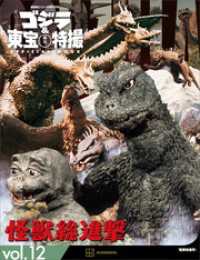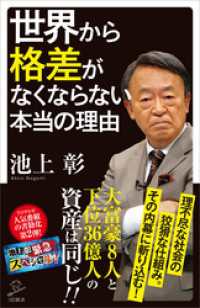- ホーム
- > 洋書
- > ドイツ書
- > Humanities, Arts & Music
- > Music
- > musical equipment
Description
(Text)
Zur Entstehungsgeschichte, Editionsproblematik und Bedeutung der Quartette für Flöte und Streichtrio im Schaffen Mozarts gibt es eine Fülle von Veröffentlichungen - u.a. gibt die Neue Ausgabe sämtlicher Werke Mozarts hervorragend Auskunft - hier sollen nur einige Bemerkungen zu der vorliegenden Bearbeitung der Quartette für Flöte und Klavier erlaubt sein.Durch diese Ausgaben_ wird die Möglichkeit erschlossen, Mozarts Flötenquartette mit Klavierauszug kennenzulernen, zu erarbeiten und zu musizieren, wie bei seinen Flötenkonzerten schon immer üblich. Dort, wo ohne großen Aufwand und optische Überfrachtung die Möglichkeit bestand, die Stimmführung der Streicherstimmen zu verdeutlichen, wurde dies versucht - oberstes Gebot blieb allerdings die gute Spielbarkeit auf dem Klavier.Wenn es auch unmöglich ist, mit Flöte und Klavier den klanglichen Reiz der Originalbesetzung zu erreichen (man denke nur an den langsamen Satz des D-Dur Quartetts), so wird in dieser Form hoffentlich ein Beitrag dazu geleistet, diese Meisterwerke zum festen Unterrichtsrepertoire werden zu lassen und nicht - in Ermangelung der notwendigen Streicher - nur "nebenbei" zu behandeln.Schwierigkeitsgrad: 3-4
(Table of content)
Andante - Tempo di Menuetto - Allegro - Adagio - Rondeau
(Text)
There are numerous publications dealing with the history, the problems in editing and the significance of the quartets for flute and string trio as part of the whole work of Mozart. Among these, the New Edition of the Complete Works of Mozart impart excellent information; here, however, only a few remarks may suffice in connection with the present arrangement of the four quartets for flute and piano.This edition makes it possible to get acquainted with the flute quartets of Mozart in a piano reduction, to study and play them the same way as is customary in the case of the flute concertos. Wherever it was possible without technically or visually overburdening the piano part, the part writing of the strings was clarified; however, it was of prime necessity to keep the piano part well playable.While it is impossible to retain the attractive sound of the original instrumentation in a piano reduction (the slow movement of the quanet in D major'1' comes to mind), it is hoped that this arrangement will contribute to having these masterpieces enter the regulär teaching repertoire, instead of treating them in passing only, when the necessary strings are not available.Instrumentation:flute and string trioKV 285a / KV 285








